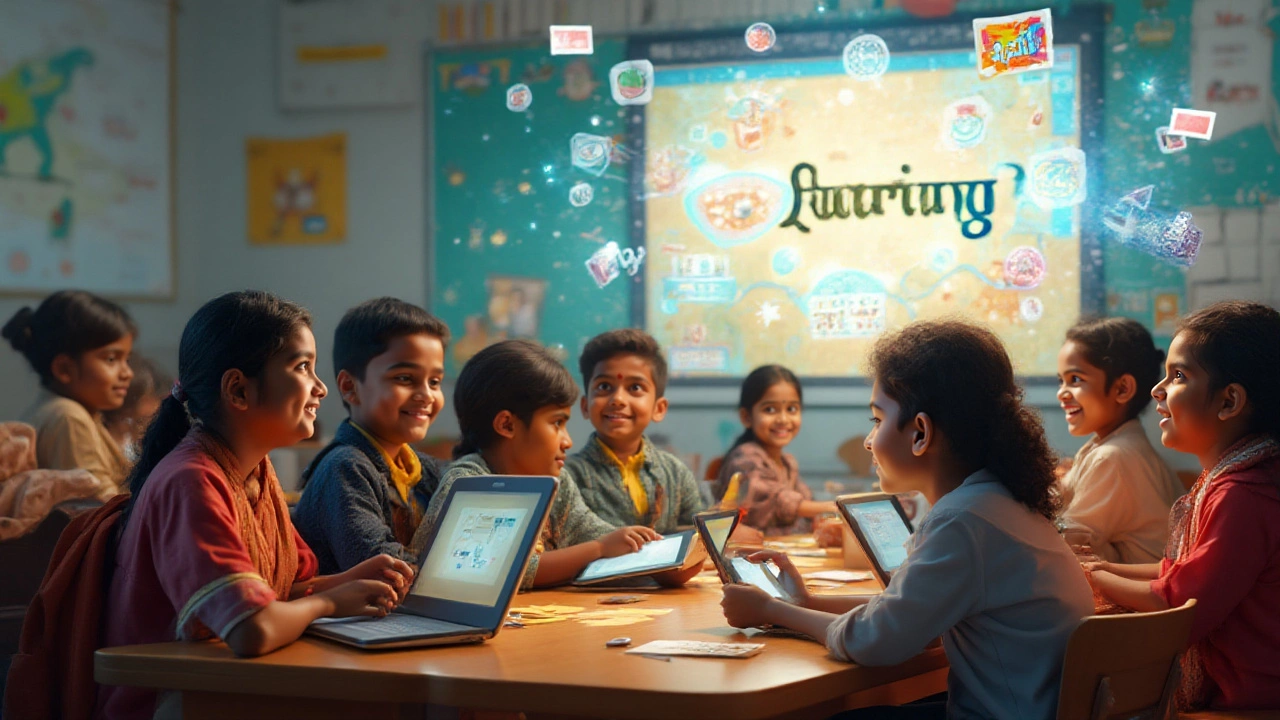E-Learning Platforms: What They Are and Which Ones Actually Work
When you hear e-learning platforms, digital systems designed to deliver education over the internet. Also known as online learning platforms, they’re what turn your phone or laptop into a classroom—whether you’re learning Python, preparing for a job, or helping your kid with math. These aren’t just websites with videos. They’re full systems: they track progress, give quizzes, issue certificates, and sometimes even connect you with real teachers or peers. And in 2025, they’re not optional—they’re the backbone of how millions learn.
Behind every good e-learning platform is a learning management system, the engine that organizes courses, stores content, and manages users. Think of it like the operating system for online education. Then there’s the content itself—often built using standards like SCORM, a technical format that lets courses work across different platforms. If a course doesn’t play right on your phone or won’t save your progress, it’s probably not SCORM-compliant. And then there’s the big players: MOOC, short for Massive Open Online Course, a type of e-learning platform that offers free or low-cost classes to anyone. Coursera, edX, and even YouTube channels built for learning all fall under this umbrella.
What makes one platform better than another? It’s not just the brand. It’s whether the platform fits your goal. If you want a certificate employers recognize, Coursera or Google’s own programs matter. If you’re trying to learn Spanish in 10 minutes a day, Duolingo’s design keeps you coming back. For teachers setting up classes, Google Classroom is free and simple. For someone building their own course, platforms like Thinkific or Teachable give them control. And don’t forget mobile learning—more than half of users now study on phones, so the best platforms work just as well on small screens as on desktops.
You’ll find posts here that break down exactly how these systems work, which ones are truly free, which certificates actually open doors, and how to set up your own learning space without spending a fortune. Whether you’re a student, a teacher, or just trying to learn something new, this collection cuts through the noise. No marketing fluff. Just what works, what doesn’t, and why.











